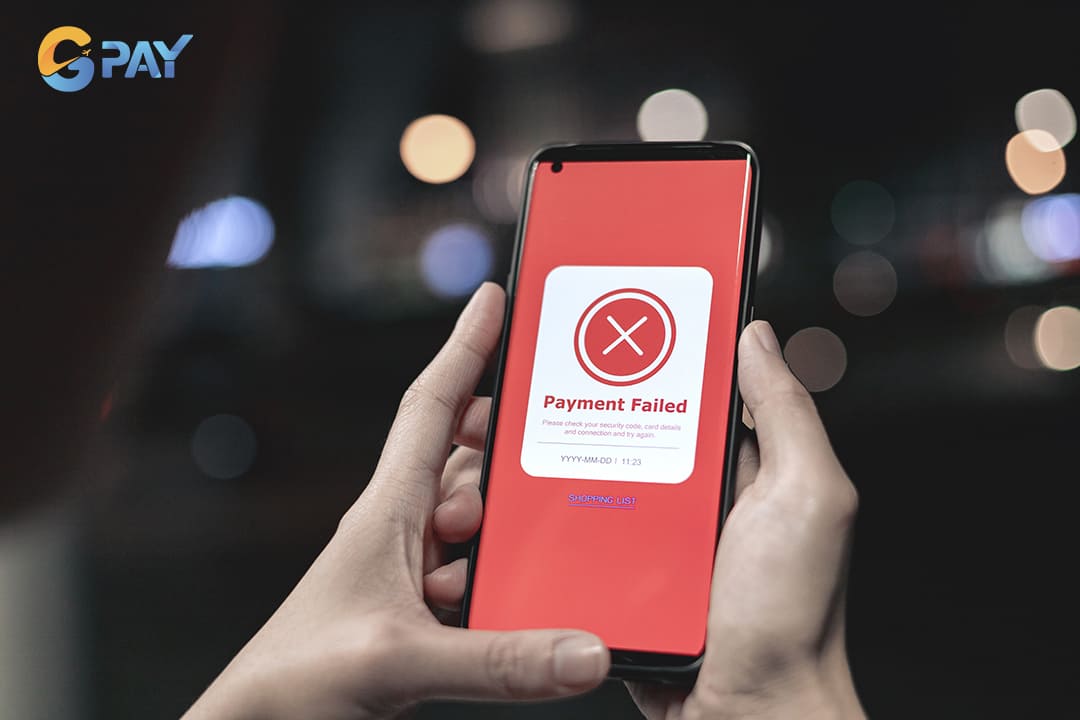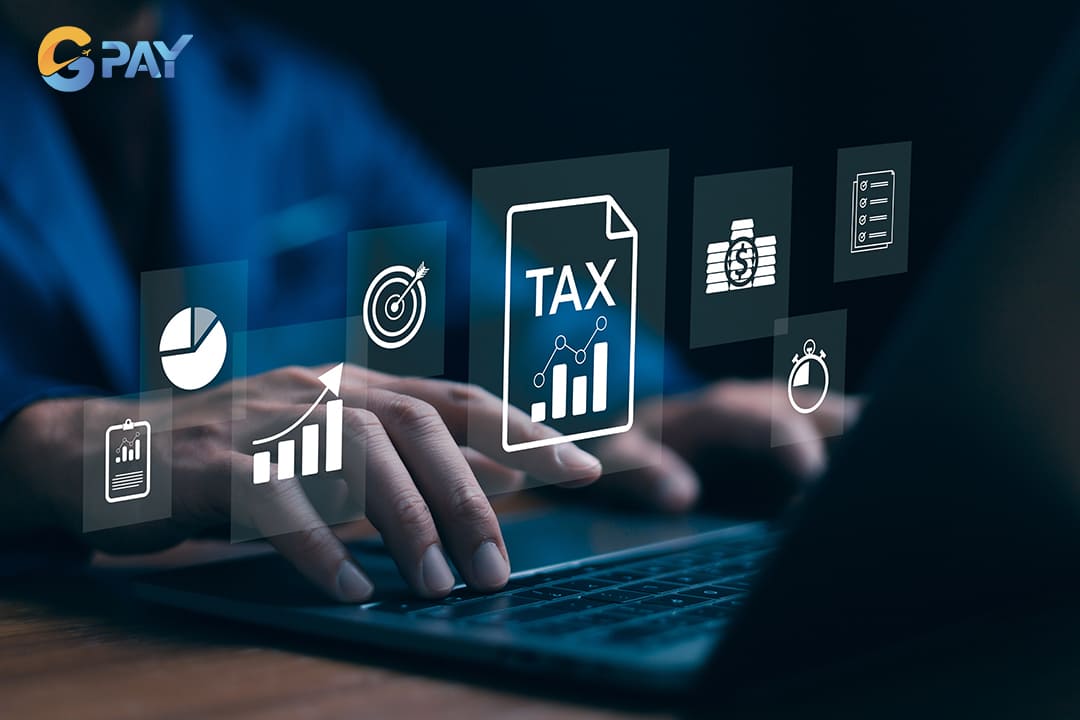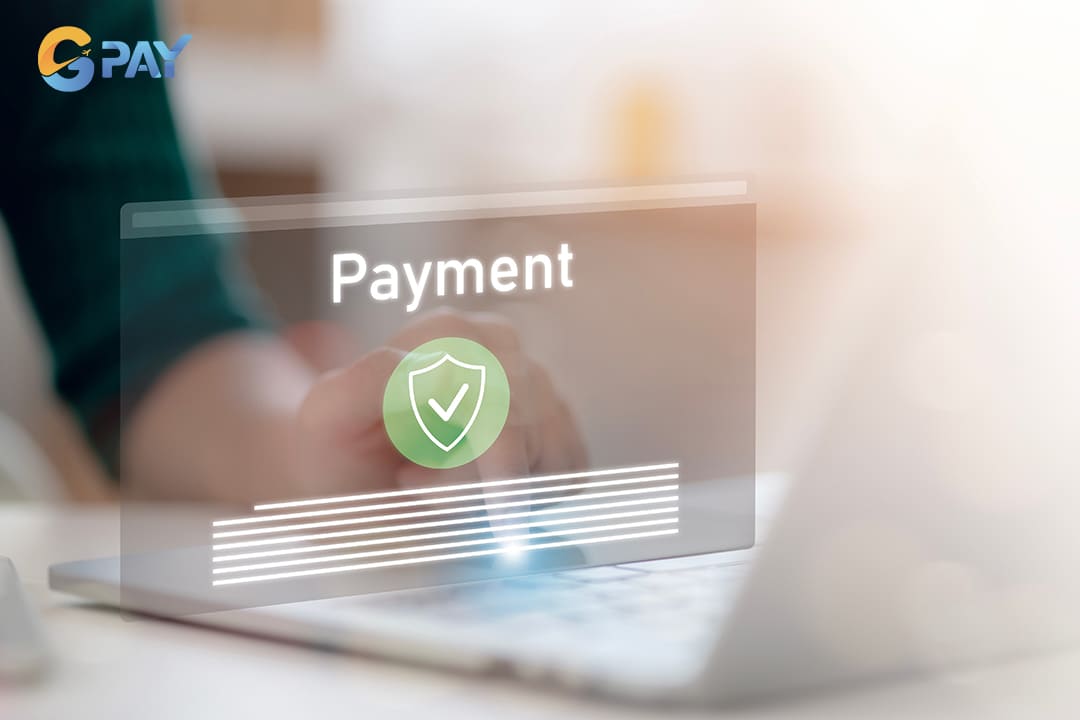Payment processing is at the heart of every SaaS business. Unlike traditional models, SaaS companies depend heavily on recurring revenue, seamless international transactions, and compliance with complex tax regulations. A smooth, secure, and scalable payment infrastructure isn’t optional, it’s critical for growth and customer retention. In this article of GPay, we explore the main challenges of SaaS payment processing and provide guidance on how to choose a reliable gateway like GPay to streamline your operations.
Understanding SaaS payment processing
SaaS (Software as a Service) businesses face a very specific set of needs when it comes to processing payments. The process involves far more than just accepting money, it’s about managing subscriptions, handling recurring billing, and maintaining compliance in multiple regions.
At its core, a robust SaaS payment system typically includes:
- A payment gateway to process transactions and transfer funds.
- A subscription management tool to handle recurring billing, upgrades, downgrades, discounts, and cancellations.
- A billing user interface that allows customers to manage their plans, view invoices, and update payment information.
Most modern SaaS platforms also require additional tools such as dunning systems for failed payment recovery, tax compliance modules, and integrations with accounting software. Building all of this in-house is time-consuming and expensive, which is why many SaaS businesses choose to integrate third-party platforms that offer a comprehensive solution.

SaaS (Software as a Service) businesses face a very specific set of needs when it comes to processing payments
Major challenges in SaaS payment processing
SaaS companies face distinct payment-related obstacles that don’t affect traditional businesses in the same way. These challenges, if not addressed properly, can disrupt revenue streams and damage customer experience.
1. Managing recurring payments
Recurring billing is at the heart of the SaaS model. Unlike one-time purchases, SaaS businesses need to charge customers at regular intervals, monthly, quarterly, or annually. Managing this manually isn’t sustainable, especially as your user base grows. The challenge becomes even greater when subscriptions are usage-based or customers frequently upgrade or downgrade their plans. You need a system that automatically recalculates charges, applies pro-rated billing, and generates accurate invoices. Without automation, subscription errors can lead to overcharges, disputes, or churn, seriously affecting both customer trust and revenue.
2. Handling failed payments
Failed payments are another major issue. These often occur due to expired cards, insufficient funds, or technical issues during transaction processing. In SaaS, even a single failed payment can lead to service interruption and ultimately customer churn. To minimize revenue loss, businesses need a reliable dunning process. This may include retrying transactions, sending automated reminders, and offering alternative payment methods. The more seamless and intelligent your recovery strategy, the more revenue you retain. Some SaaS companies lose up to 10% of revenue due to failed payments, making this a challenge that can’t be ignored.

In SaaS, even a single failed payment can lead to service interruption and ultimately customer churn
3. Supporting international transactions
One of the greatest advantages of SaaS is the ability to serve a global audience. But with this opportunity comes the complexity of handling international payments. You must be able to:
- Accept multiple currencies
- Support localized payment methods
- Manage currency conversions
- Avoid excessive cross-border fees
You’ll also need to ensure your billing platform supports regional pricing strategies and complies with global regulations. Without a payment solution that can scale globally, your expansion efforts could stall before they begin.
4. Tax compliance and financial reporting
As SaaS companies expand internationally, they become subject to multiple tax regimes: VAT, GST, sales tax, and more. Each region has different thresholds, filing rules, and documentation requirements. Manual compliance becomes overwhelming as you scale. That’s why your payment system needs built-in tax calculation, invoicing that meets regional legal standards, and automated reporting to simplify filing.

As SaaS companies expand internationally, they become subject to multiple tax regimes
Why choose GPay for SaaS payment processing
GPay is a robust, global payment gateway designed to meet the evolving needs of SaaS businesses. Supporting transactions in over 173 countries, GPay helps your company scale across borders without the usual complexities.
Here’s what makes GPay ideal for SaaS:
- Single integration with multi-currency support
GPay allows you to accept payments in local currencies and handle automatic currency conversion with minimal fees.
- Localized, user-friendly checkout experience
GPay adapts payment flows to your customer’s region, offering preferred payment methods such as credit cards, e-wallets, or carrier billing.
- Built-in recurring billing and smart dunning tools
Whether you offer fixed subscriptions or usage-based pricing, GPay automates billing and intelligently manages failed payments to reduce churn.
- Advanced security and compliance
GPay is PCI DSS compliant and supports 3D secure, giving your users peace of mind during checkout.
- Mobile-first and scalable
With a mobile-optimized checkout and fast deployment process, GPay ensures high conversion rates while scaling alongside your platform.
By integrating GPay, your SaaS business gets a reliable, flexible, and future-ready payment system. You’ll be equipped to serve customers globally, reduce operational friction, and create a seamless billing experience that supports long-term growth.

GPay is a robust, global payment gateway designed to meet the evolving needs of SaaS businesses
SaaS payment processing is more than just accepting credit cards, it's about building a reliable, scalable system that supports your business model, customer base, and long-term growth. From managing subscriptions to recovering failed payments and complying with global tax laws, the right setup can make all the difference. By understanding these challenges and selecting a capable payment gateway like GPay, your SaaS business will be better equipped to deliver smooth, secure, and consistent payment experiences. Contact GPay today to get the earliest support for the payment gateway.

